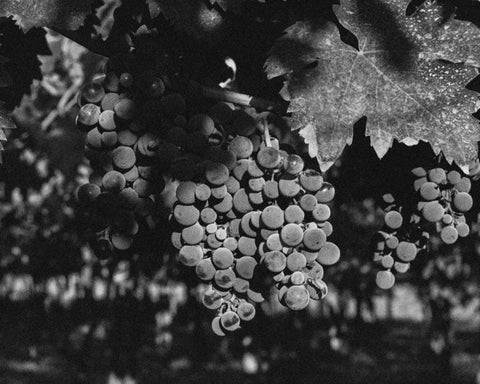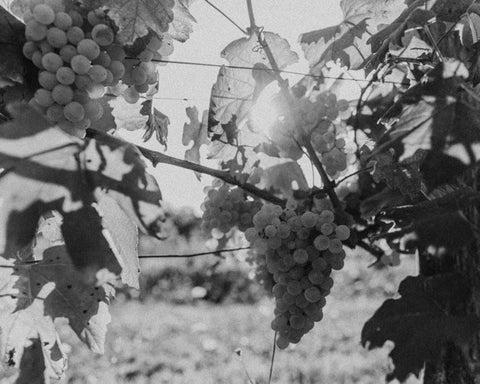With its rich winemaking history dating back to the 17th century, South Africa is now a prominent player in the global wine industry. The country's diverse terroir, favorable climate, and innovative winemakers have contributed to producing high-quality wines that reflect tradition and modernity. Let's dive into South Africa's subregions, grape varieties, terroir, and let's familiarize ourselves with the new unexplored world of South African wine.
South Africa's Subregions
Stellenbosch: Stellenbosch is arguably the most renowned wine region in South Africa. Located near Cape Town, this area is known for its scenic beauty and various soils, including granite, sandstone, and shale. Stellenbosch is particularly famous for its Cabernet Sauvignon and Bordeaux-style blends, celebrated for their complexity and aging potential. The region also excels in producing robust Shiraz and refined Chardonnay.
Paarl: North of Stellenbosch, Paarl boasts a warm climate and diverse soil types, including granite and shale. This region is known for its rich, full-bodied reds such as Shiraz, Cabernet Sauvignon, and Merlot. Paarl also produces excellent Chenin Blanc, a versatile grape that thrives in South Africa's conditions, offering flavors ranging from crisp and refreshing to rich and honeyed.
Franschhoek: Nestled in a valley, Franschhoek is characterized by its cool climate and alluvial soils. This region is famous for its elegant, fruit-driven wines, particularly Sauvignon Blanc and Chardonnay. Franschhoek also has a strong tradition of producing sparkling wines using the traditional method, known locally as Méthode Cap Classique (MCC).
Constantia: Constantia, located on the outskirts of Cape Town, is the oldest wine-producing area in the Southern Hemisphere. With its cool maritime climate and decomposed granite soils, Constantia is renowned for its Sauvignon Blanc, which often exhibits vibrant acidity and minerality. The region also produces a historic sweet wine called Vin de Constance, which is made from Muscat de Frontignan grapes.
Walker Bay: Known for its cool climate and ocean proximity, it is ideal for producing high-quality Pinot Noir and Chardonnay. The region's diverse soils, including clay, loam, and gravel, contribute to the unique expressions of these varietals. Walker Bay also produces excellent Sauvignon Blanc and Syrah.
Swartland: Swartland has gained a reputation for innovative, natural winemaking. This hot, dry region is characterized by its granite and shale soils, producing robust and flavorful wines. Swartland is mainly known for its old-vine Chenin Blanc and Rhone varietals like Syrah and Grenache.
South Africa's Grape Varieties
Chenin Blanc: Often referred to as the "workhorse" grape of South Africa, Chenin Blanc is the most widely planted variety. It produces various styles, from dry and crisp to rich and sweet. Chenin Blancs from South Africa are known for their vibrant acidity and diverse flavor profiles, including citrus, stone fruits, and honeyed notes.
Pinotage: A uniquely South African grape, Pinotage is a cross between Pinot Noir and Cinsault. It produces wines with bold flavors of dark fruits, smoke, and earth, often with a distinctive savory character. Pinotage can be enjoyed as a standalone varietal or part of Cape blends.
Sauvignon Blanc: South African Sauvignon Blanc is celebrated for its bright acidity and tropical fruit flavors, often with a hint of minerality. The cooler regions like Constantia and Elgin produce particularly expressive examples.
Shiraz (Syrah): Shiraz thrives in South Africa's varied climates, producing wines that range from peppery and spicy to rich and fruity. Regions like Stellenbosch and Swartland are known for their high-quality Shiraz.
Cabernet Sauvignon: South African Cabernet Sauvignon is known for its structure and depth, with blackcurrant flavors, plum, and herbal notes. Stellenbosch is particularly renowned for its Cabernet Sauvignon and Bordeaux-style blends.
Chardonnay: South African Chardonnay ranges from crisp and citrusy to full-bodied and buttery, often with well-integrated oak. Walker Bay and Robertson are notable regions for high-quality Chardonnay.
South African's Terroir and Climate
South Africa's diverse terroir is a significant factor in its wine production. The country's unique combination of varied soil types, climatic conditions, and topography allows for cultivating a wide range of grape varieties. Coastal regions benefit from cooling ocean breezes, which help to moderate temperatures and extend the growing season. Inland areas, with their warmer climates, are well-suited for robust red wines.
The Cape Doctor, a strong southeasterly wind, plays a crucial role in viticulture by reducing humidity and pest pressure, contributing to the health of the vineyards.
South Africa's wine industry is a vibrant tapestry of tradition and innovation. With its diverse subregions, a wide range of grape varieties, and unique terroir, the country produces distinct and globally competitive wines. Whether it's the robust reds of Stellenbosch, the elegant whites of Constantia, or the innovative wines of Swartland, South Africa offers a rich and varied wine experience for enthusiasts worldwide.














